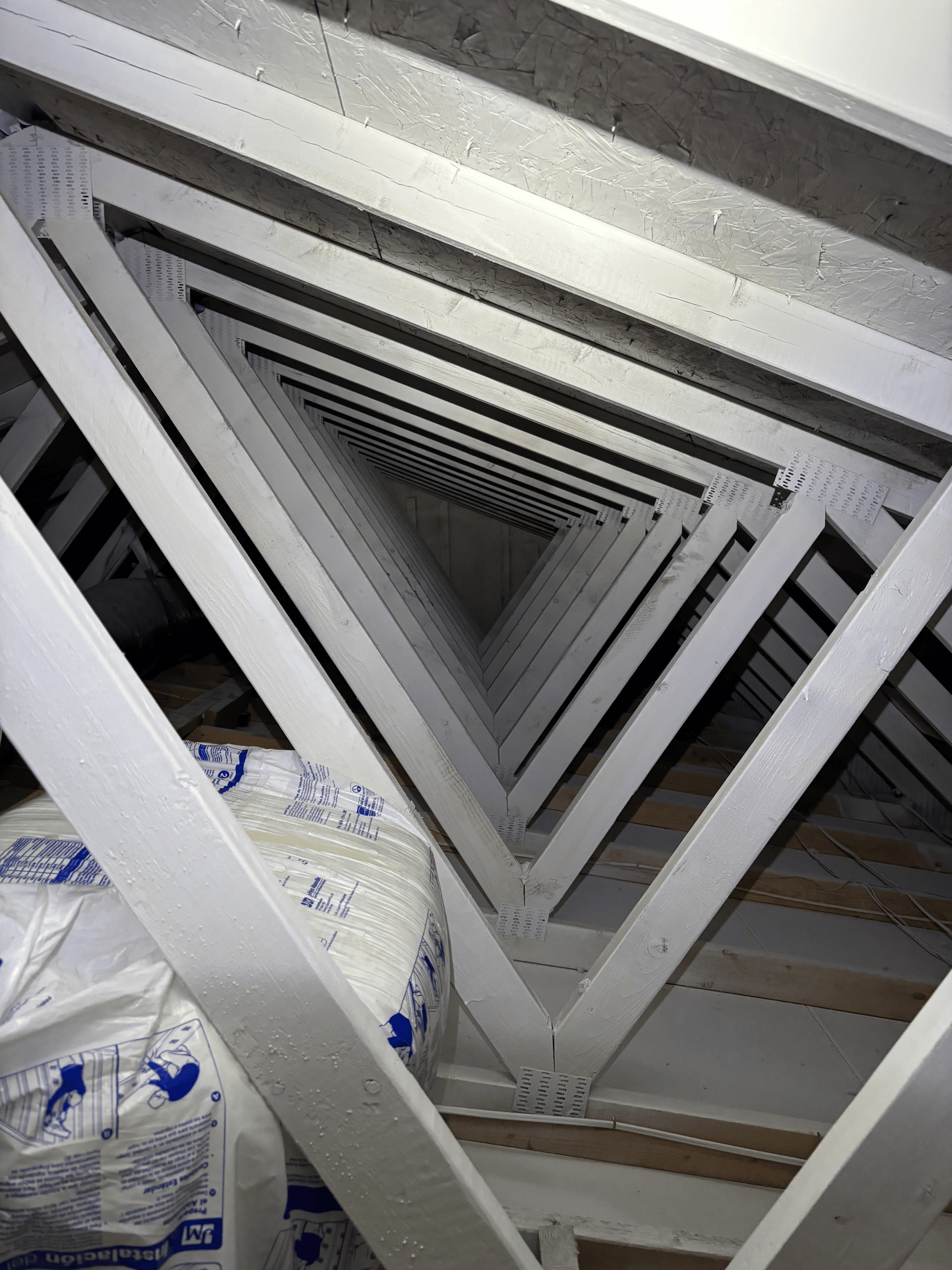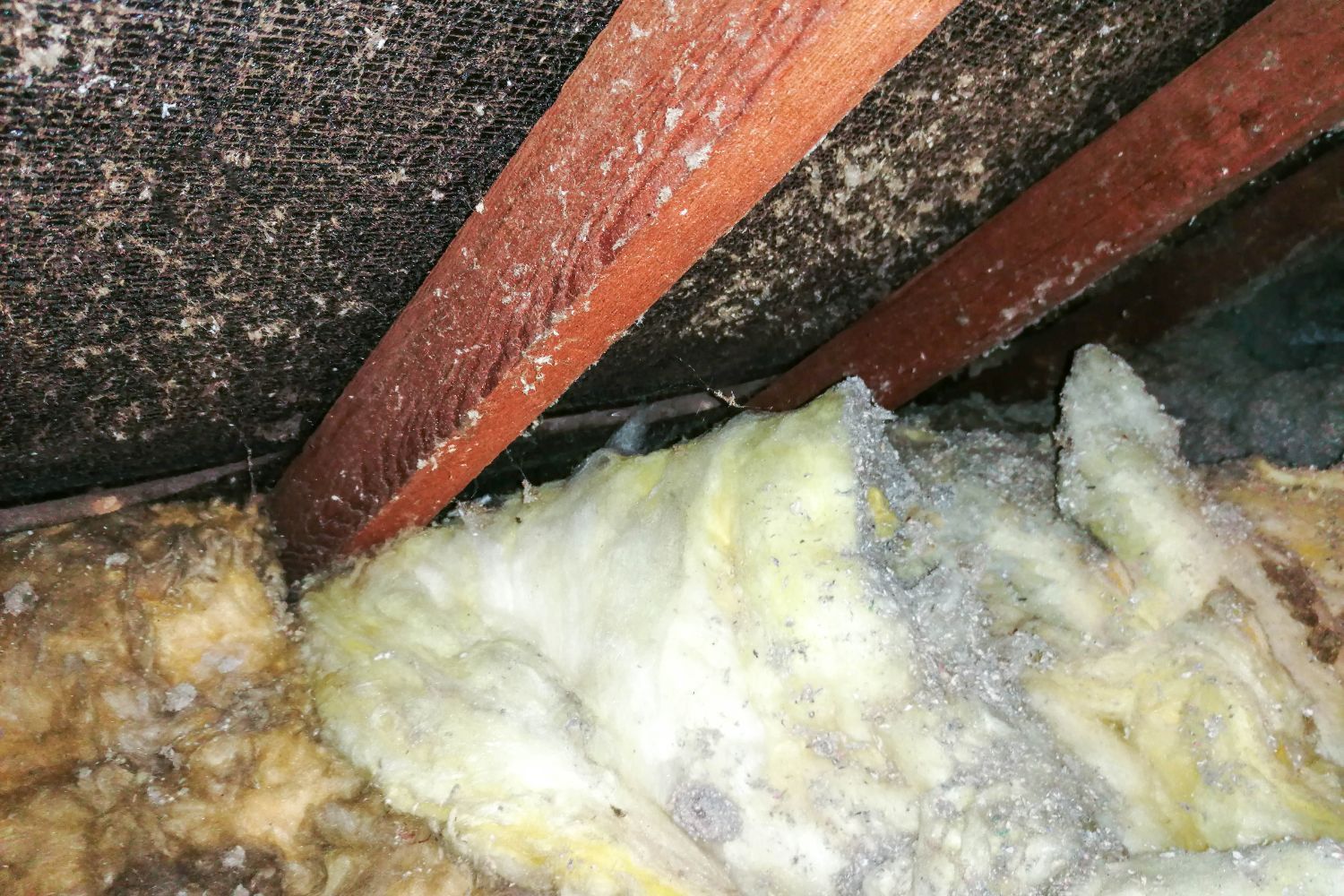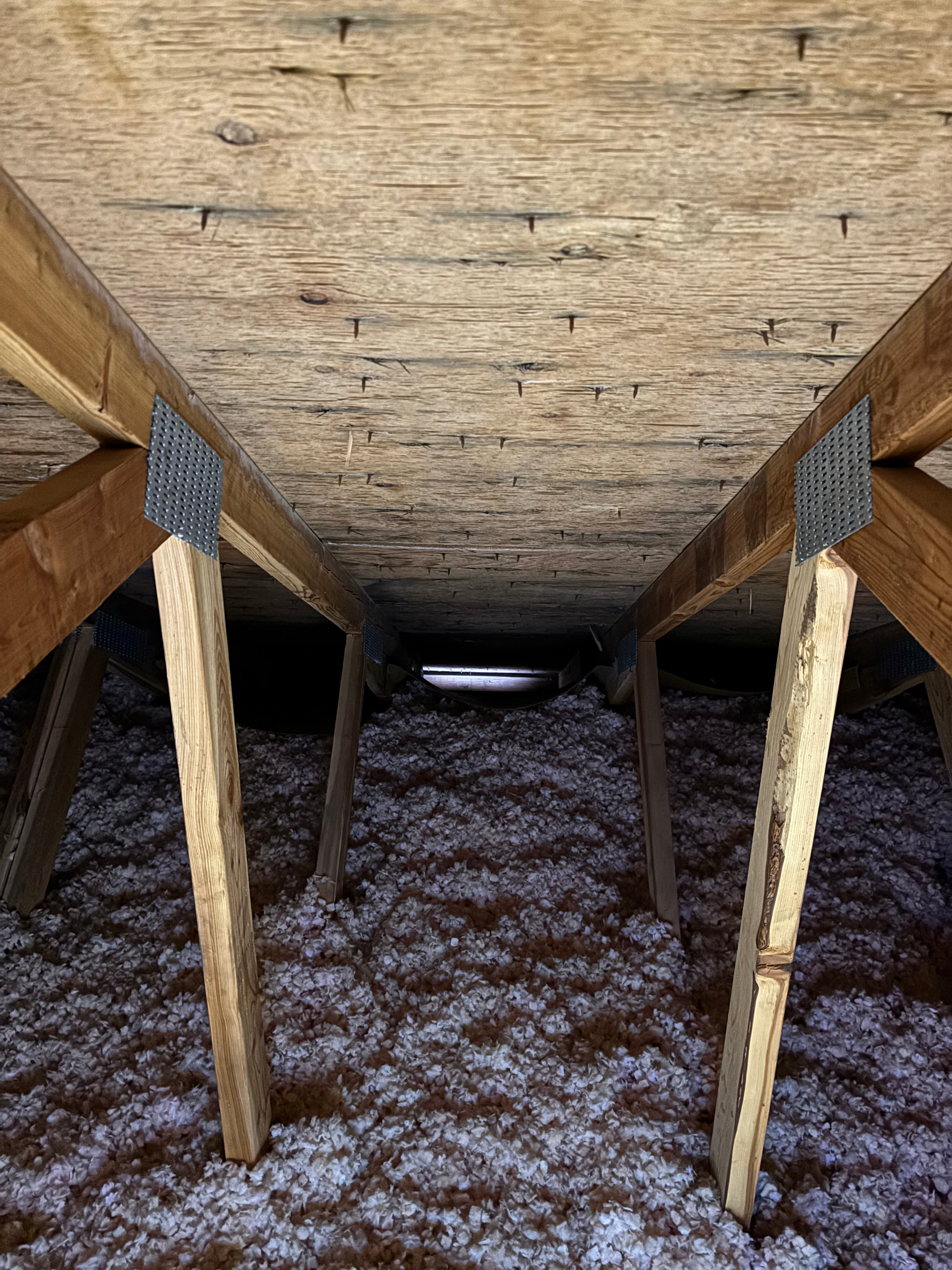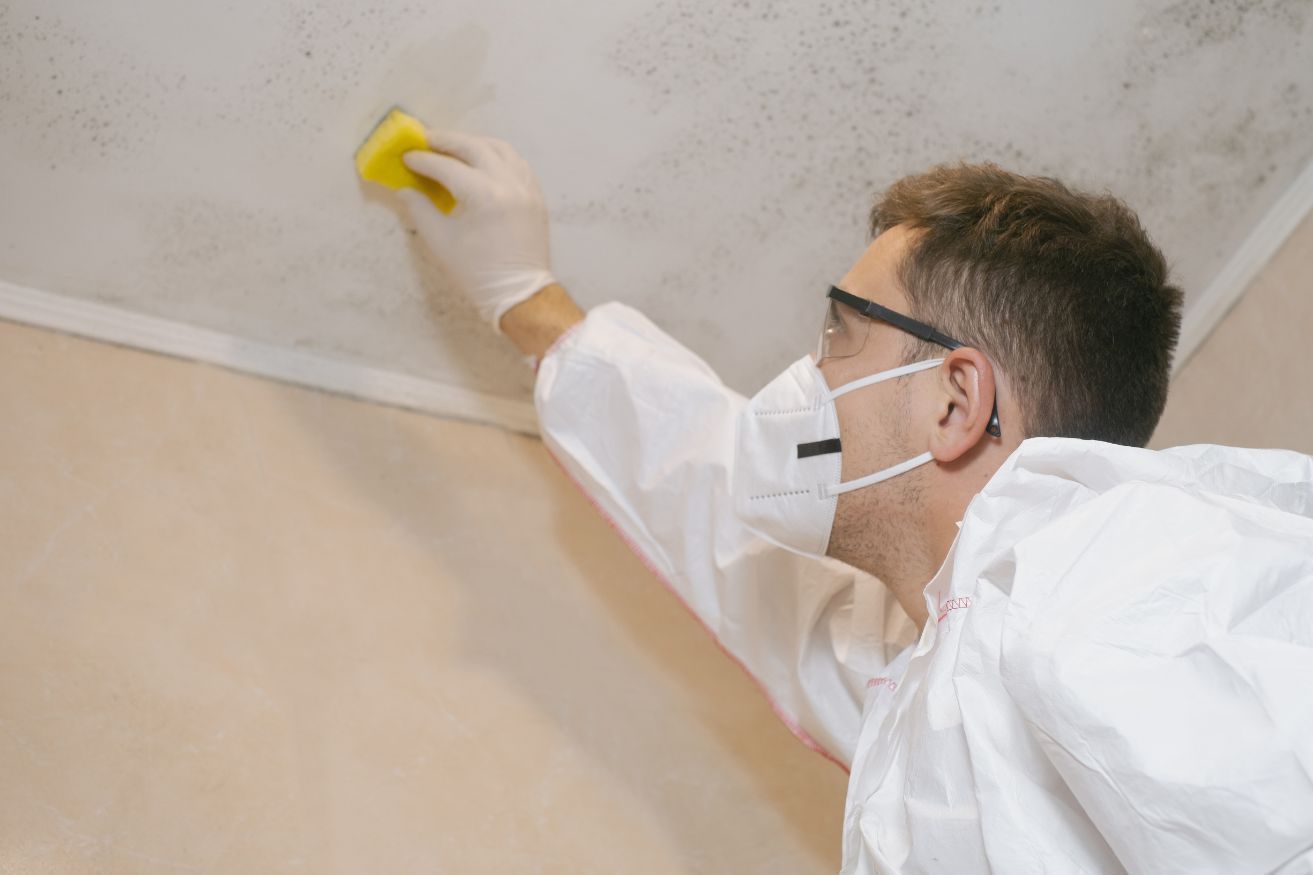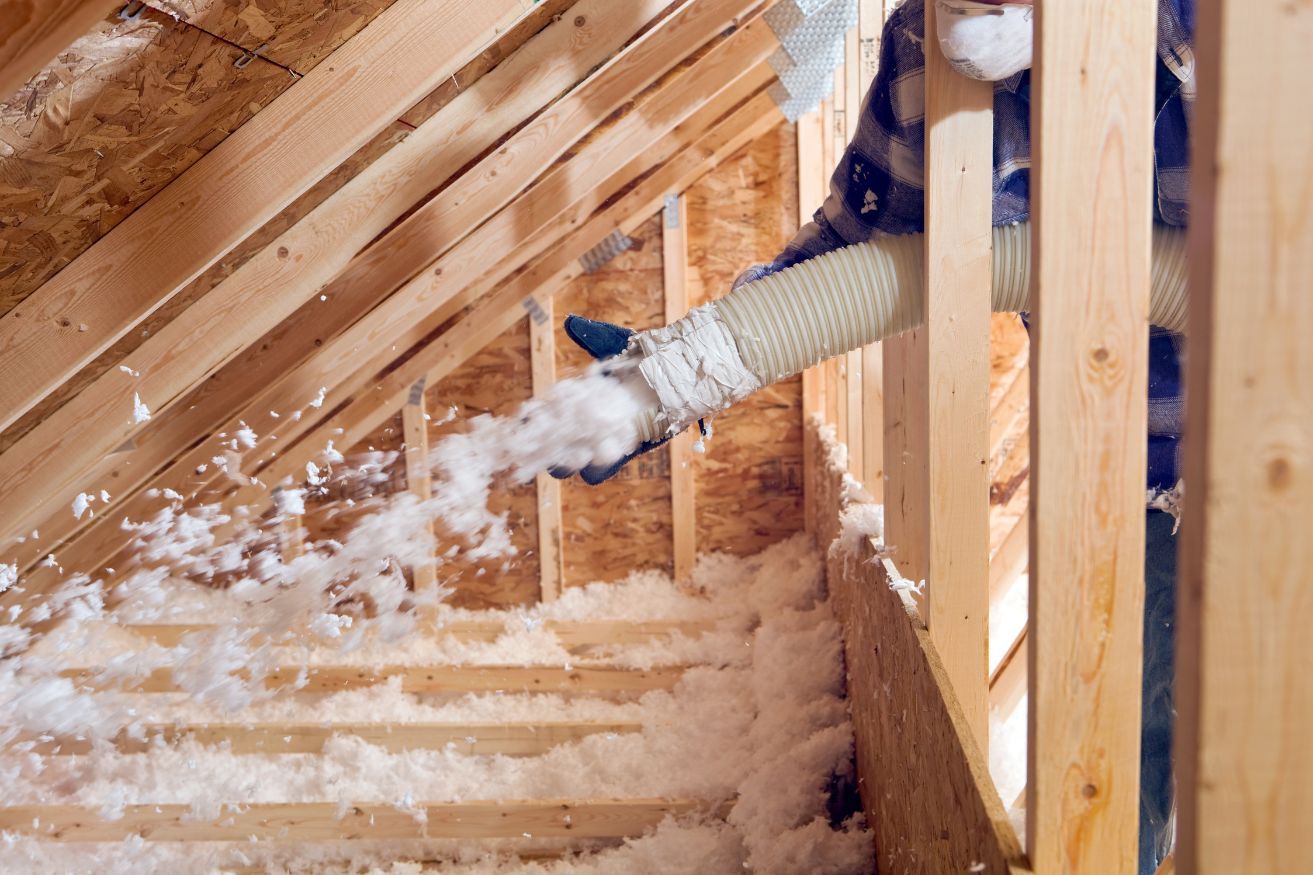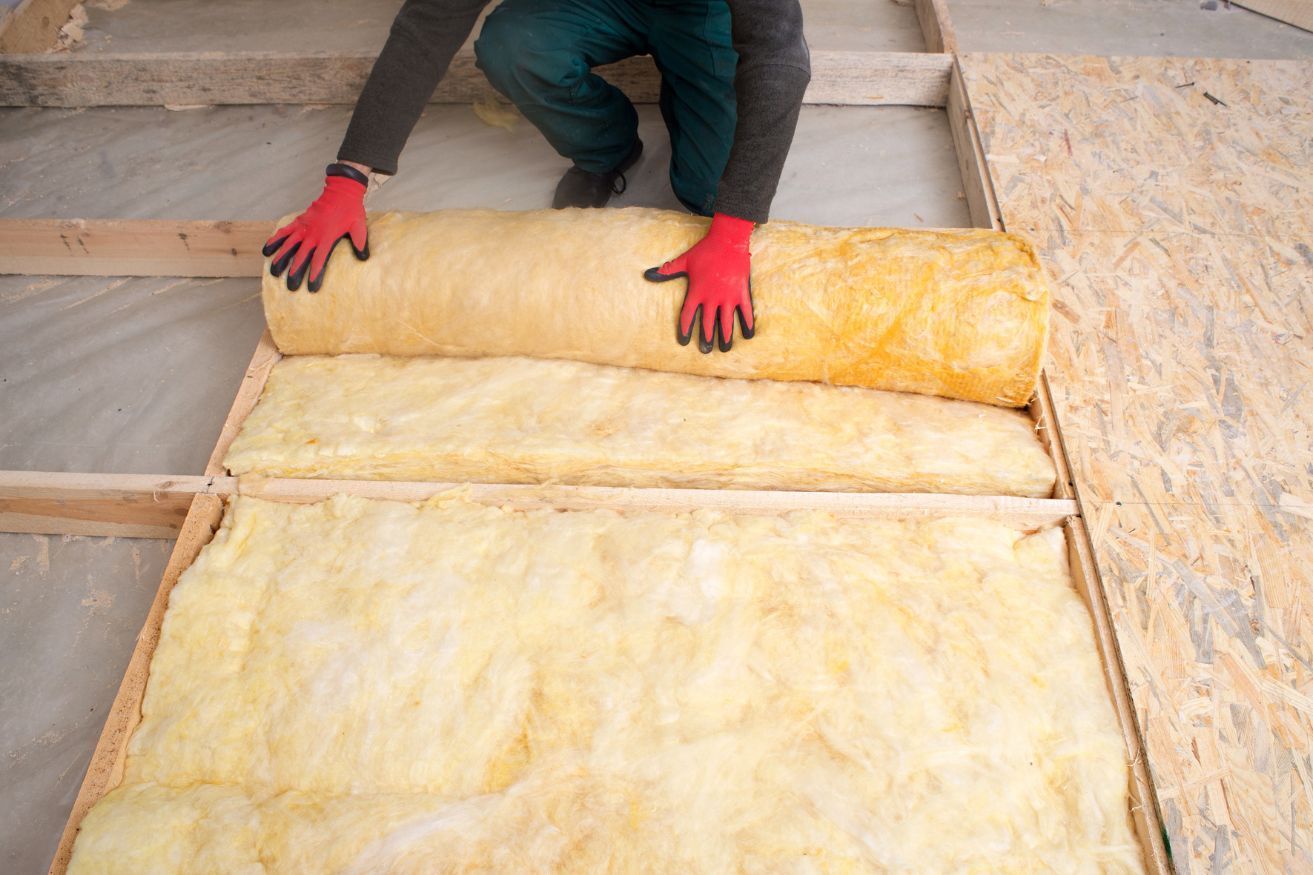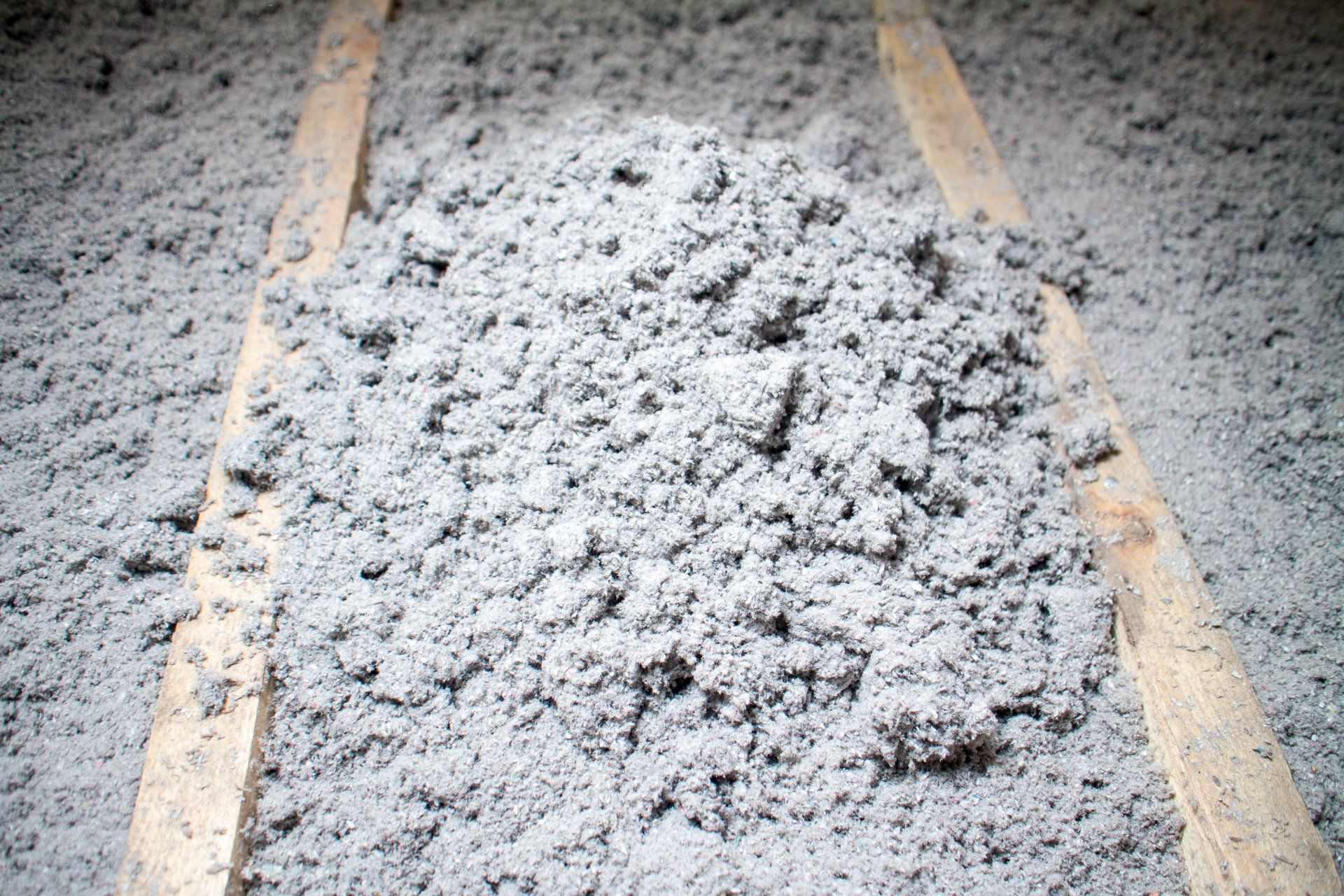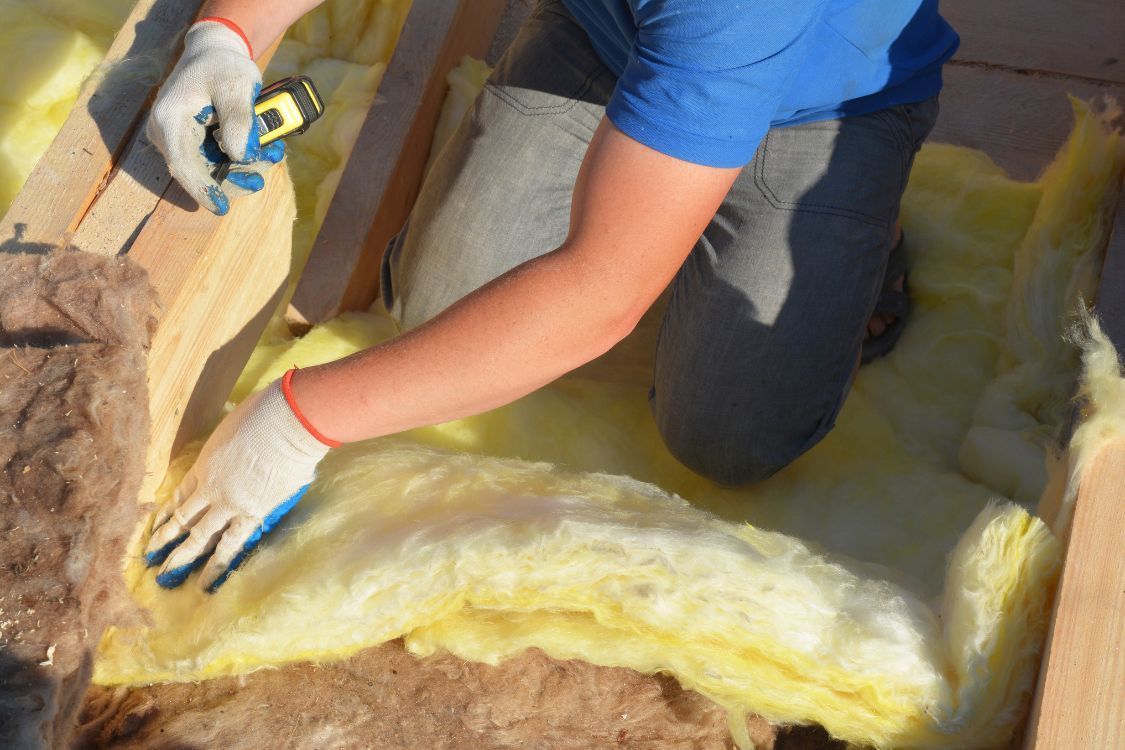BLOG
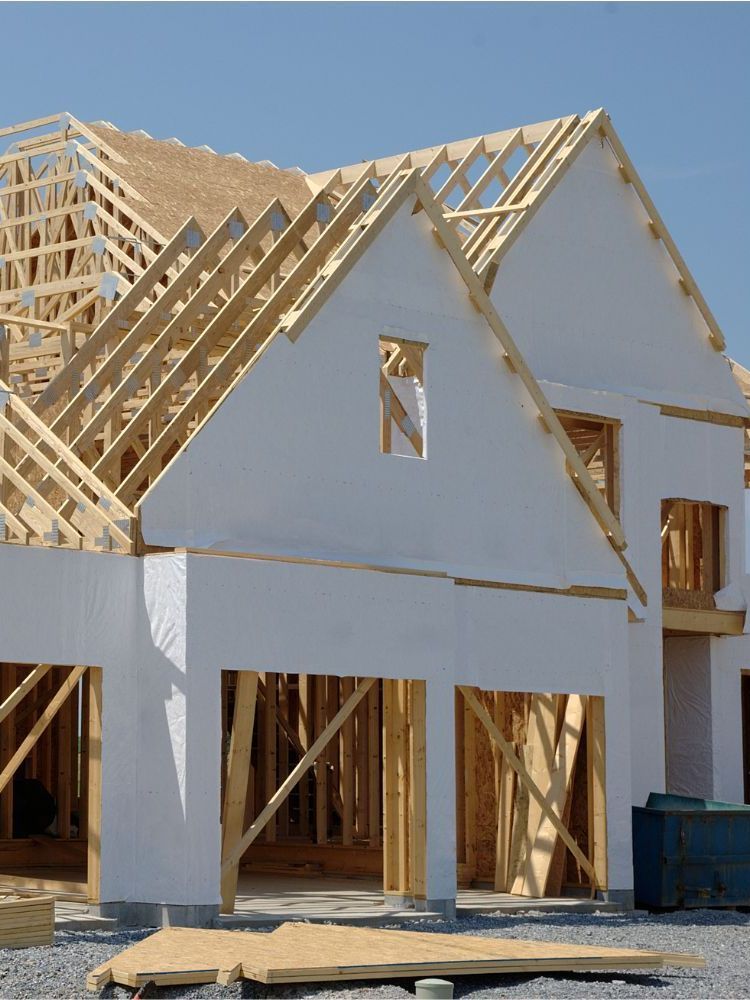
🏡 1. Code Overview & Climate Context Washington State mandates adherence to the 2021 WSEC (Residential - WAC 51‑11R‑2021) for homes submitted after July 1, 2023; code enforcement has strengthened since March 15, 2024 rbwarehouse.com+3kingcounty.gov+3insulationspokane.com+3 sbcc.wa.gov . The state falls into Climate Zones 5 and Marine 4 , requiring robust insulation and airtight construction—ceiling air leakage must be ≤ 5 ACH50 insulationinstitute.org+2insulationspokane.com+2insulationinstitute.org+2 . 2. Ceiling & Attic Insulation Requirements Prescriptive R‑Values (Table R402.1.2): Ceilings/Attics : Required R‑60 , equivalent to U‑0.024 en.wikipedia.org+12insulationinstitute.org+12insulationspokane.com+12 . Exception : Installing full coverage of R‑49 loose-fill or batts—uncompressed and extending over wall plates—satisfies the R‑60 requirement energy.wsu.edu+3app.leg.wa.gov+3kitsap.gov+3 . Vaulted Ceilings : Can reduce to R‑38 if insulation runs continuously to the exterior wall line en.wikipedia.org+12klickitatcounty.gov+12kitsap.gov+12 . Loose-fill Rules : Allowed on slopes ≤ 3:12, with ≥ 30″ attic clearance app.leg.wa.gov+1kitsap.gov+1 . Ventilation baffles are mandatory at soffits/eaves to prevent insulation from blocking airflow kitsap.gov . Access hatches must match ceiling R‑value, be weather‑stripped, structurally supported, and insulated to maintain thermal seal app.leg.wa.gov+1kitsap.gov+1 . 3. Wall Insulation Standards Wood‑frame walls have two prescriptive options to meet U‑0.056: R‑20 cavity + R‑5 continuous insulated sheathing , or R‑13 cavity + R‑10 continuous insulation rbwarehouse.com+10insulationinstitute.org+10insulationinstitute.org+10 . Requirements ensure both cavity and continuous components combine to meet wall thermal performance. 4. Basement & Below‑Grade Insulation Adheres to 10/15/21 + 5 TB rules: Acceptable methods include: R‑10 continuous exterior insulation, R‑15 continuous interior insulation, R‑21 cavity with thermal break, or R‑13 cavity + R‑5 ci + R‑5 slab break insulationinstitute.org+2insulationspokane.com+2insulationinstitute.org+2 kitsap.gov+1sbcc.wa.gov+1 insulationinstitute.org en.wikipedia.org+6energy.wsu.edu+6insulationinstitute.org+6 . Interior installations require an R‑5 rigid board thermal break between wall and slab insulationinstitute.org+4energy.wsu.edu+4app.leg.wa.gov+4 . 5. Slab‑on‑Grade Floors Unheated or heated slabs must have R‑10 insulation extending 4 feet from the slab edge, with F‑factor compliance (0.54) insulationspokane.com+2insulationinstitute.org+2energy.wsu.edu+2 . 6. Floors over Unconditioned Spaces Floor cavity insulation must maintain contact with subfloor or sheathing. Use supports ≤ 24″ on center; foundation vents must allow proper airflow, or include baffling if vents are above insulation app.leg.wa.gov+1kitsap.gov+1 . 7. Additional Code Elements Air leakage : Mandatory ≤ 5 ACH50 for whole building tightness en.wikipedia.org+3insulationspokane.com+3insulationinstitute.org+3 . Recessed lighting in ceilings must be IC‑rated or enclosed in a sealed box kitsap.gov . Insulation facings must have flame spread < 25 and smoke density < 450, unless covered properly kitsap.gov . Insulation inspection is required after all cavity insulation is in place and before concealment insulationspokane.com+2sbcc.wa.gov+2kitsap.gov+2 . 8. Compliance & Inspection Builders must schedule wall insulation inspections before walls are closed sbcc.wa.gov . Final inspections confirm performance testing compliance for air-tightness, thermal continuity, and proper installation. Local jurisdictions (e.g. Kitsap, King County) enforce these standards rigorously . ✅ Summary Table of WSEC Insulation Requirements ComponentR‑Value / U‑FactorCeiling/AtticR‑60 (or R‑49 looser-fill per exception)Vaulted CeilingsR‑38 (with requirements met)Wood‑Frame WallsR‑20 + R‑5 CI or R‑13 + R‑10 CIBasement Walls10/15/21 + R‑5 thermal breakSlab‑on‑GradeR‑10 extending 4′; F‑factor 0.54Floors over CrawlspaceFull cavity insulation with supportsRecessed LightingIC‑rated or enclosed & sealedAir Leakage≤ 5 ACH50 🔧 Best Practices for Contractors Plan around current prescriptive paths —ensure R‑values match attic, wall, basement, slab, and floor requirements. Install baffles, hatch-boxes, and venting per spec to maintain insulation and airflow integrity. Document continuous insulation —label thicknesses, materials, and locations for inspection clarity. Seal air barriers early to meet air-tightness and receive smoother final approvals. Schedule inspections before concealment to avoid delays and costly reworks. Stay updated —King County and others may enact local amendments alongside state mandates. Conclusion Washington State's current insulation codes, based on the 2021 WSEC and effective mid‑2023/2024, demand high-performance assemblies: R‑60 ceilings , continuous insulation on walls and slabs, and a tight building envelope . For contractors, compliance ensures energy efficiency, comfort, and code approval. For homeowners, it means lower utility bills and higher indoor comfort. Need help designing or retrofitting to code in Seattle? We’re the straightforward, no‑BS insulation pros—ready to deliver results that pass inspection and last. 🏠 Pacific Insulation & Remediation – “We do what we say, and say what we do.”

